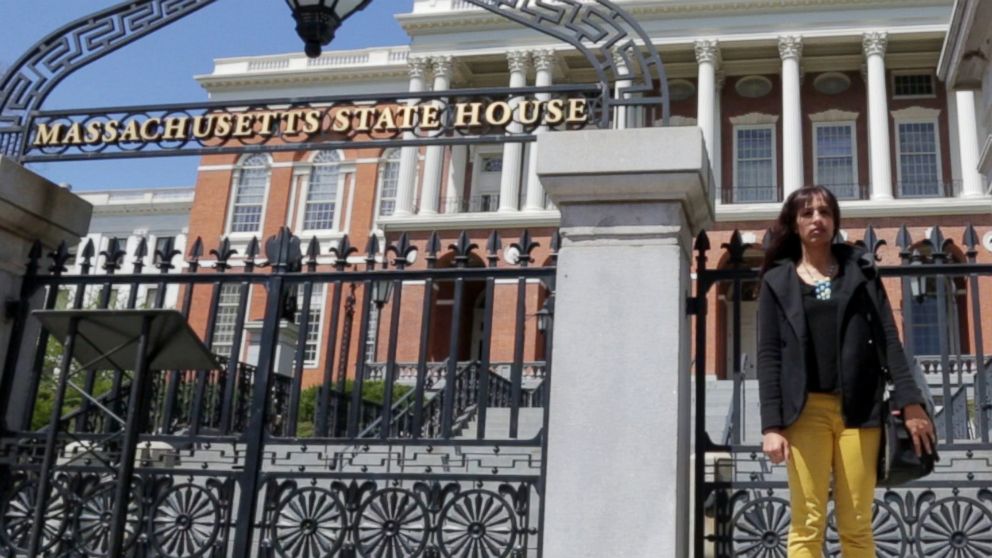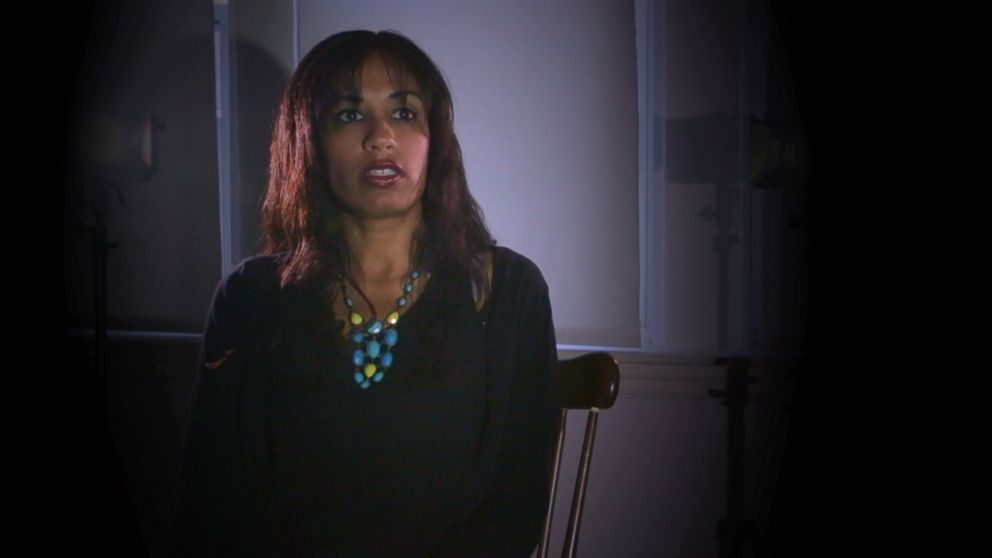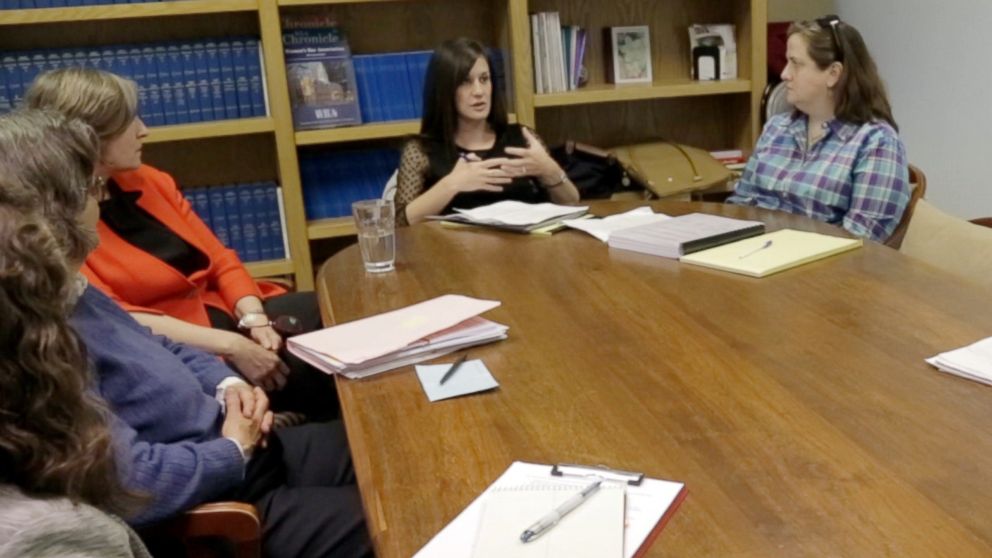UNDERGROUND: Risk of FGM Increasing for Women in the U.S., says CDC
The number of women and girls at risk of FGM is rising in the U.S.
— -- When “Sarah” first told her story, she did not want to show her face or give her real name. The American-born woman underwent female genital mutilation (FGM), also known as female genital cutting, when she was 7 years old.
In 2015, ABC News interviewed her, obscuring her face for privacy and giving her a pseudonym.
“I remember feeling pain,” she told ABC News. “I was crying, so I was scared during it because it hurt.”
In 2016 she decided to publicly reveal herself as Mariya Taher.
“It’s definitely scary to come out with my face on camera,” Taher, 33, told ABC News. “I don’t want to be judged for having undergone female genital cutting or viewed as a victim.”
There are four types of FGM, according to the World Health Organization. They range in severity from removing parts of a woman’s genitals to infibulation (sealing closed the vaginal opening). According to the WHO, FGM complications range from bleeding and infection to problems with childbirth and increased risk of death for newborns.
The origins of FGM are unclear. Although it’s often thought of as a religious ritual, experts say the ancient practice is not officially an element of any faith. It’s done for a variety of reasons, with supporters saying it carries on tradition, protects a woman’s honor and ensures a woman’s virginity until marriage. In some places a woman may not get married unless she has undergone the procedure.
“This is something that is viewed as child abuse, and it’s something that is happening to a girl that doesn’t have the capacity yet to consent to it,” Taher said.

Taher lives in Cambridge, Massachusetts, and she said she is “trying to work to stop the practice of female genital cutting from continuing.”
As a child, Taher underwent what is called vacation cutting, or sending a child abroad to have FGM performed. Taher was visiting relatives in Mumbai, India, with her family when her mother took her to have the procedure done.
“I remember being taken to an old-looking building and going up a flight of stairs and going into the apartment building,” Taher said. “I remember being put on the ground, and my dress was pulled up, and I remember something sharp cut me.”
FGM is occurring not just abroad. This year the Centers for Disease Control and Prevention estimated that the number of women and girls who may have undergone the procedure in the past or may be at risk for undergoing the procedure in the future more than tripled in the U.S. from 2000 to 2013 and that more than 500,000 women and girls in America may be at risk in their lifetime.
“[That is] threefold higher than the last time we did a similar estimate in the ’90s and, in fact, fourfold higher in girls under the age of 18,” said Dr. Thomas Clark, a medical epidemiologist at the CDC’s division of reproductive health.
Officials from various organizations attribute the increase in the U.S. to a combination of factors, including an influx of female immigrants who were cut in their homelands, American-born women and girls sent abroad for vacation cutting and others who undergo the procedure in the U.S.

Performing FGM in the U.S. has been illegal since 1996. A 2013 federal law prohibits sending children overseas for the procedure.
Taher said her sister underwent FGM on U.S. soil.
“I remember her crying. I didn’t see her until after she got it done. At that point, I was still in the innocent area, like, ‘This is something that happens to all of us, and now it’s happened to my sister,’” she told ABC News in 2015.
Shelby Quast, the policy director of Equality Now, a legal advocacy organization that fights to protect and promote the human rights of women and girls around the world, said, “In terms of domestic policy [and awareness], there has been some work [done], but there’s still a long way to go.”
She said child protection services and educators in the U.S. need to learn how to recognize when girls are at risk for FGM.

Taher started Sahiyo, an organization that works to empower communities to fight FGM through education, collaboration and community engagement. She is on the Massachusetts Female Genital Cutting Task Force, which is working on legislation at the state level to ban the practice.
“The importance of having a state law is that when something happens in the state and there’s a crime that happens here, the state has a better ability to deal with it, to prosecute its residents, to deal with the health, safety and welfare of its residents,” said Katie Cintolo, an attorney on the task force.
“I wish I hadn’t undergone it, but I think because I did undergo it, I have this passion for gender violence issues, that I’m able to be in a place where I can talk about it, I can do research on it ... I have an insider’s perspective,” Taher said.
ABC News’ Luis Yordan contributed to this report.
For more stories from our “Underground” series, just “star” this story in ABC News’ phone app. Download ABC News for iPhone here or ABC News for Android here.



